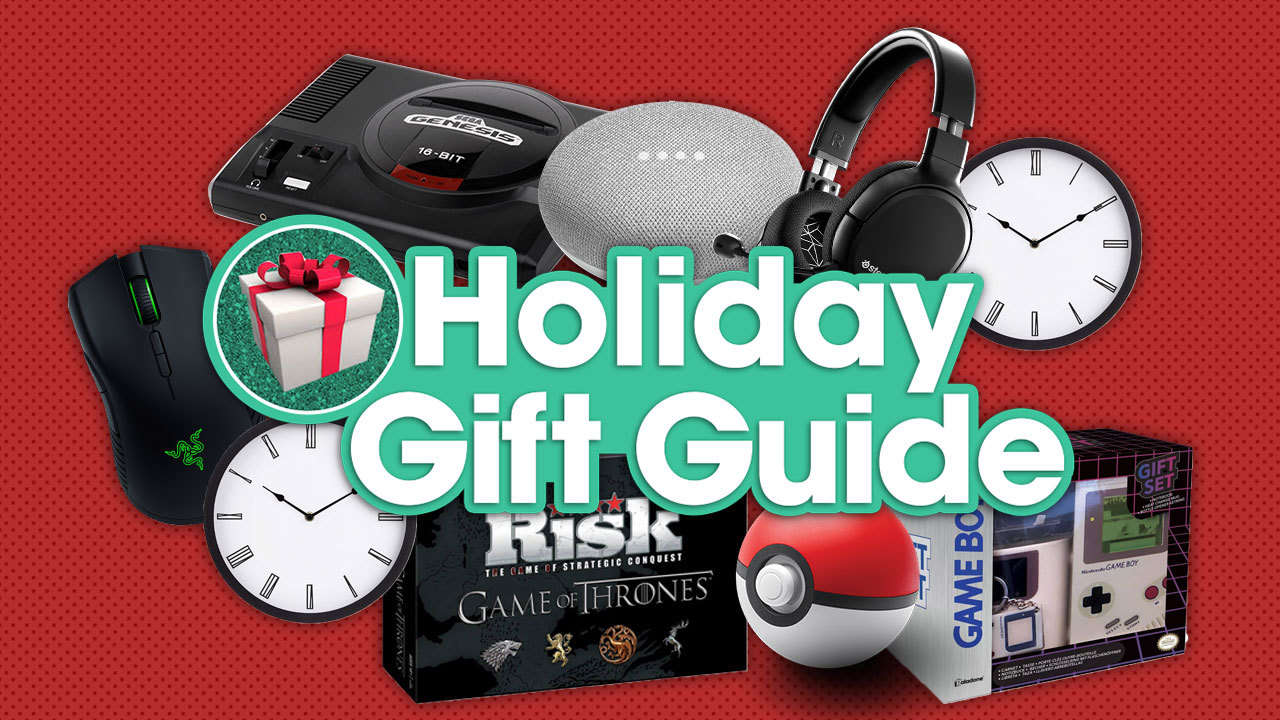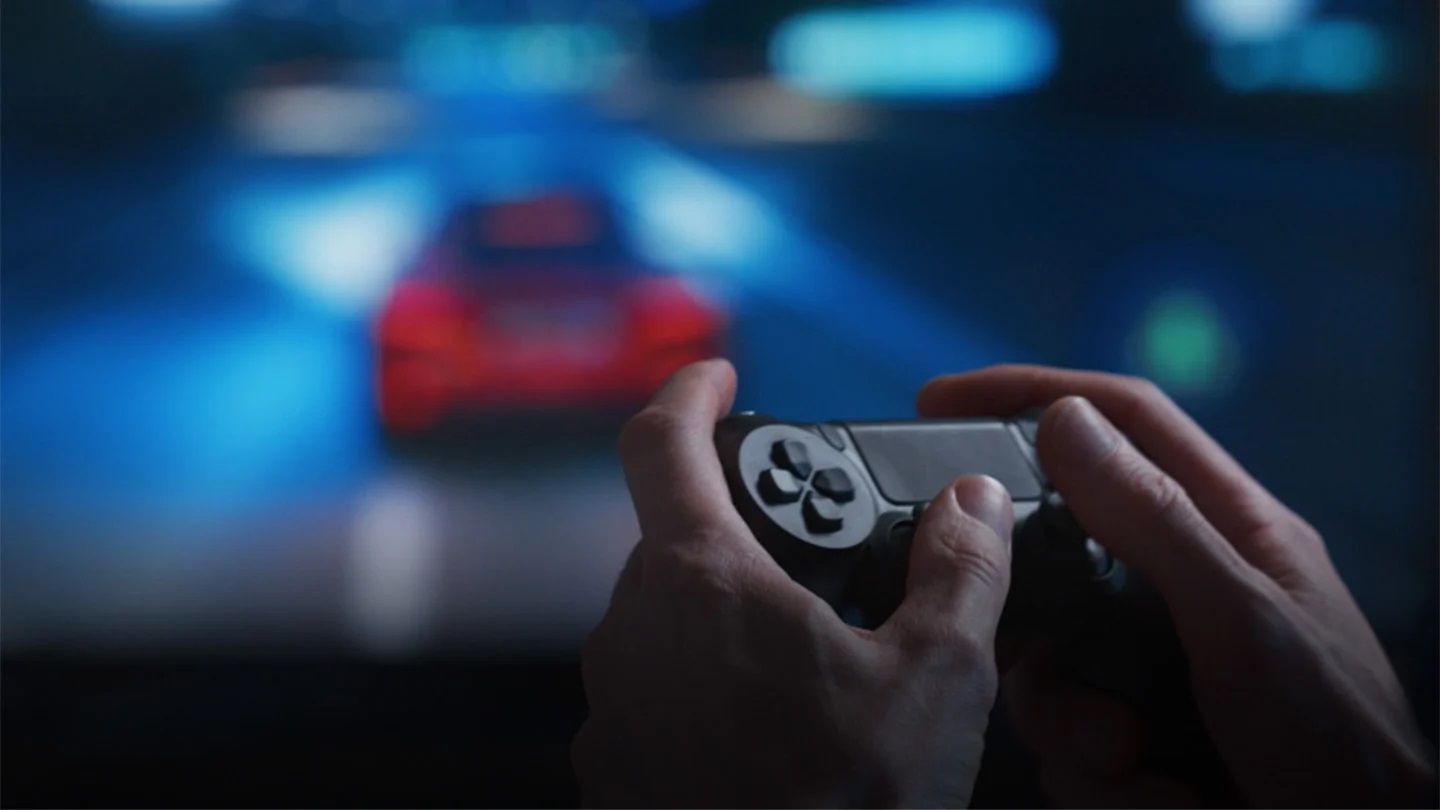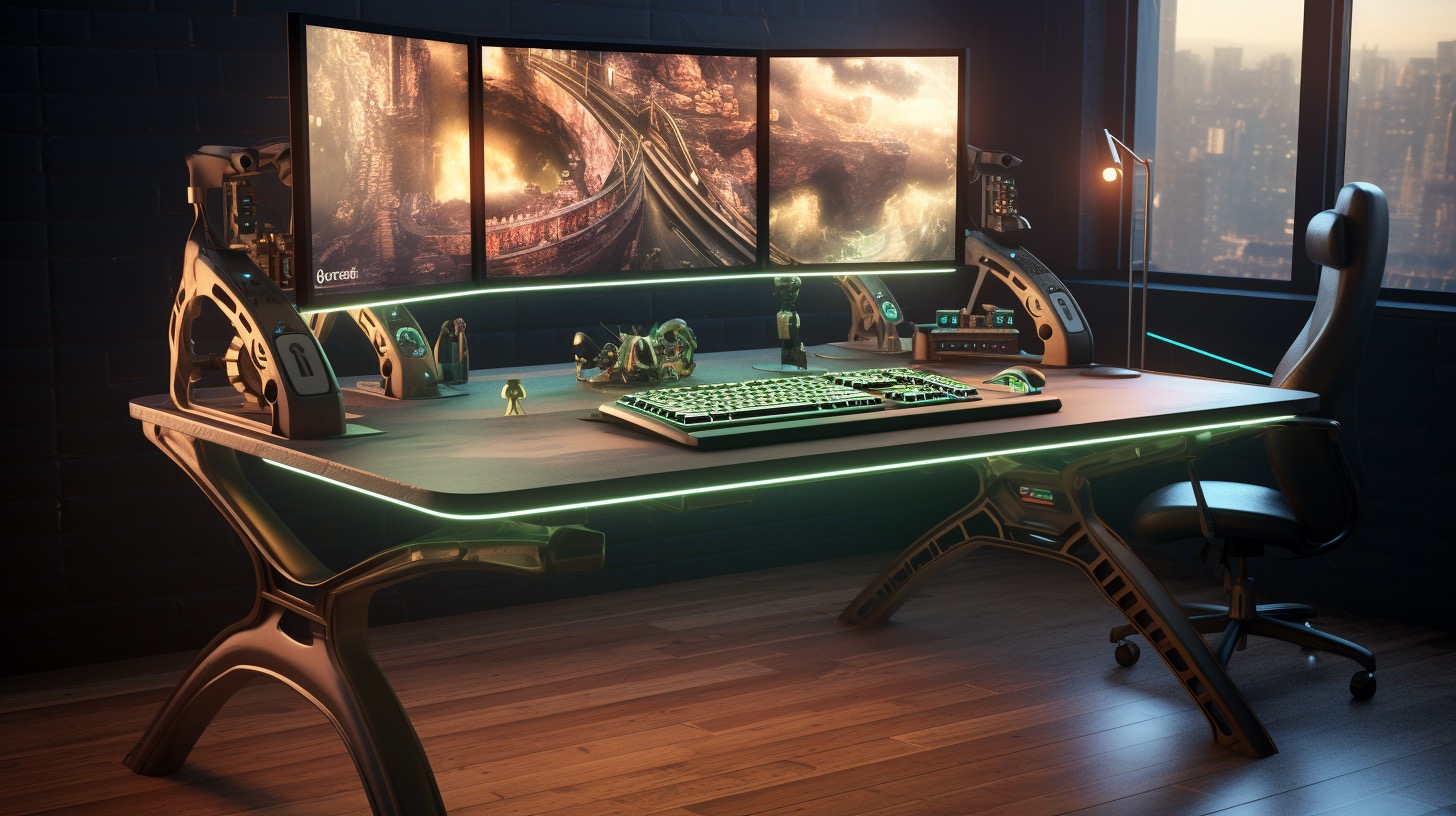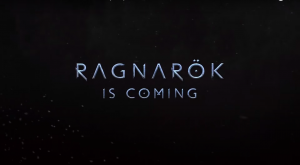Baldur’s Gate is a beloved franchise by RPG enthusiasts. Now that Baldur’s Gate 3 has is out, let us now take a look at what the game offers and how it differs from prior installments.
What is Baldur’s Gate?
Baldur’s Gate is a series of RPG games that are set in Dungeons & Dragons’ Forgotten Realms campaign. It spawned two game series from it, called Bhaalspawn Saga and Dark Alliance. Both of these campaigns took place on the Western Heartlands. However, the Bhaalspawn Saga goes and extends towards Amn and Tethyr. The Dark Alliance series was released for the PlayStation and Xbox consoles and was indeed successful critically and commercially. Meanwhile, Bhaalspawn Saga was critically acclaimed for its use of pausable/real-time gameplay. This gameplay type was credited with the returning interest to the CRPG genre.
If you’re a big D&D fan, here are D&D podcasts you should listen to and the best sites to play Dungeon and Dragons online.
Genre
As mentioned, the game is an RPG game set in the Forgotten Realms version of D&D. There are times when the latest game in the series is a turn-based RPG, but there are instances where it follows in Diablo’s dungeon-crawling formula. The games usually have a pretty overarching plot as well, with questlines from both the main and side quests being compelling and sometimes even funny.
Legacy
The Baldur’s Gate series has a legacy that’s undeniable and incredibly prolific that’s still felt even today. The games are incredibly beloved, garnering very positive reviews from a lot of gamers and gaming publications.
The series also managed to revolutionize how RPGs were played back in the day. It also continues to inspire a lot of developers to follow the way Baldur’s Gate would tell stories as well as whole narratives.
What’s New with Baldur’s Gate 3?


Currently, the game is known to have two playstyles. The first way is the third-person mode, which allows players to play the game from a perspective that’s similar to titles like God of War and Witcher 3. However, they still added in an Isometric mode to allow players to play the game in a classic top-down style. They showed both perspectives on their live gameplay on D&D Live 2020.
Graphics-wise, the game looks great. It looks a bit similar to Divinity: Original Sin 2, but that’s pretty much a given since the game’s made by Larian Games, the same guys that made the game. However, the game does have a few distinct things that make it unique, graphics-wise.
Check out the game now on Steam and start your journey today!
What Systems Will It Be Available?
Baldur’s Gate 3 is available on the PC as well as Google Stadia on October 6. Larian didn’t state any console release for Baldur’s Gate 3 nor is there any possible release for the next-generation consoles like the PS5 or the Xbox Series X.
Character Creation

The game’s character creation system is pretty sweet and gives players a lot of leeway throughout the process. They can decide what their character’s race is based on the various races available on D&D, their character class, and their background before the game’s start.
Classes
The game has a pretty good amount of character classes for players to choose from based on OG D&D. Also, these classes have access to special sub-classes that further improve the abilities and powers that said character has.
Without further ado, here are the classes that you can play in Baldur’s Gate 3:
Fighter
These are the characters that can fight, fight, and fight some more. The class that you think of if you want to deal DPS to your enemies into oblivion. Fighters are great at ensuring that they will kill the enemy that is in front of them.
If you’re going for a Fighter-class character, make sure to invest in Strength and Constitution. The first one is obvious: more strength equals more damage. Constitution, meanwhile, ensures that you have enough HP to stay in a fight. The longer you’re fighting, the more damage you deal. Plain and simple.
The subclasses that the Fighter has are the Eldritch Knight and the Battle Master. Experienced D&D players will know these classes as high DPS classes. Eldritch Knight is a bit special because it is a class that combines DPS and magic utility.
Wizard


Wizards are the exact opposite of Fighters: they’re squishy and incredibly easy to kill. Their HP is usually on the lowest end of the spectrum and they’re pretty much paper when it comes to armor class.
What they DO have though, is the ability to rain magical death to their enemies.
Wizards have access to a wide variety of spells, from your normal fireballs to magical invisible hands, melting your opponent’s armor, or turning enemies to chickens.
If there’s a way to do it magically, then it’s a something the wizard can do it if they are strong enough. Make sure to invest more in Intelligence, as this stat helps the effectiveness of wizard characters.
Wizard subclasses are mostly on their spell kit. For one, they can choose to speak in either Abjuration or Evocation. For those who don’t know, Abjuration is a magic school that focuses on defensive spells. These translate to physical and magical barriers, damage reduction buffs, and the like. Evocation allows you to call upon various elements and magical stuff to attack your enemies, from hurling bolts of lightning to a roiling ball of pure magic.
Rogue
Take up the Rogue class if you’re thinking of sneaking into enemy lines for quick kills. They have a pretty extensive variety of status debuffs to inflict upon their enemies, the most notable and common of these being poison. This class is for those who want to play sneakily.
Rogues are capable of not only killing enemies, but also on opening chests and doors, disarming traps, and even pickpocketing NPC’s. So if you see something that you want to get that an NPC has and you’re not in the mood to kill them, just straight-up pick their pockets while they ain’t looking. Keep a close eye on your Dexterity stat when you’re playing this class. This stat will help you deal more damage as well as improve the crit chance for your shivs.
Available Rouge subclasses include the Arcane Trickster and the Thief. The Thief Subclass is self-explanatory. Meanwhile, the Arcane Trickster, like its name suggests, allows Rouges the ability to use certain magicks that make sneaking around and silencing foes easier.
Ranger
Rangers are the ones that you use when you want physical ranged damage. They specialize mostly in bows as well as various wildlife activities. These activities include various nature magicks that use the power of nature to their advantage. These can range from entangling roots to knowing their way around dense forests.
Another thing to keep in mind is that Rangers use the Dexterity stat in their scaling. Like the rouges, make sure to prioritize leveling this stat up as well.
Rangers can choose between the Hunter and Beast Master Classes as their subclass. The Hunter is basically what it says on the tin. They have the ability to designate something as their sworn enemy, allowing them to deal bonus damage. Meanwhile, Beast Masters can tame various animals to help them in tasks. Beast Masters can even take over their tamed beast’s senses to scout out enemies.
Cleric
Clerics are the healer class of the entire roster, but don’t let that notion fool you into thinking that they’re weak when it comes to fighting. They can deal quite a bit of damage when you spec them right. They’re intermediaries between the mortals and the gods that they worship, and said gods give them special abilities and miracles to enforce their will upon the unwashed masses.
In D&D, these clerics and their gods are as numerous as they are varied. You can expect to see clerics of a particular god fight with clerics of another god if both gods are in a very bad spat with each other. In addition to this, Clerics have three subclasses to choose from: Life, Light, and Trickery. Life Clerics focus more on healing and restoration; Light Clerics use various light miracles to smite their foes; Trickery Clerics are bards and rouges put together into one being.
Warlock
And last but not the least, the Warlock Class.
Warlocks are… weird. They’re wizards, if wizards made a deal with an eldritch god. Or a demon of the various hells. Or maybe a living weapon.
They’re seekers of knowledge, forbidden or otherwise. They look for secrets hidden away in the highest of heavens to the lowest of hells, placed in the tumultuous fabrics of the multiverse and beyond. The pacts that they made with their patron allow them to gain various abilities, from subtle to the awe-inspiring.
In addition to this, they use Charisma. The importance of this stat to a Warlock is weird because it’s a spellcasting class. However, it does makes sense in context as they kind of need to coax their patron to give them power.
In Baldur’s Gate 3, you have two subclasses to choose from if you’re going for Warlock, both correspond as to what otherworldly patron you decide to have. You can either go for a Fiend or a Great Old One, and you can already guess how both would go in normal circumstances.
Races
Baldur’s Gate 3 has a multitude of races for players to choose from. Each of these races has various racial buffs that allow players to boost certain stats, or even gain skills for free. Another thing to take note of is that these races also have subraces. However, they appear to be a cosmetic thing and have no other effect on gameplay. Either way, here are the various races that you can play as in Baldur’s Gate 3. Do note that the various stats and bonuses are directly taken from the D&D 5th Edition, so these can be subject to change later.
Human
Your typical human. This race is more of a default race as well as the jack of all stats in D&D. Other than that, they don’t have any additional skills that you can get, meaning you have to invest in skill points to get skills.
Drow
The Drow is pretty much the D&D version of Dark Elves. However, don’t let the fact that they’re the anime version of bait fool you. They’re the vicious kind of Dark Elf and are more than willing to shank you open and feed your corpse to the spiders. They get an extra buff to their charisma stat, can use certain cantrips, see in the dark, and get proficiency in using rapiers, shortswords, and hand crossbows.
Githyanki
The Githyanki are a race of dwellers that resided in the astral plane. They used to be enslaved by mind flayers (That Cthulhu-looking guy in the game trailer) before turning into raiders and pillagers of the Astral Plane. The Githyanki get a pretty hefty bonus on the Strength stat (A +2 bonus), and another bonus on their Intelligence Stat (+1). They also get the Decadent Mastery (Learning 1 language and proficiency of 1 tool or skill of their choice) as well as Martial Prodigy (proficiency in light and medium armor, as well as longswords, shortswords, and greatswords). They are a great race to choose for battle-oriented classes
Dwarf
Often referred to by other races as the Stout Folk, the dwarves are a race of short humanoids that are only around 4’3” to 4’9. However, some of their subraces stand even shorter than that.
They’re durable, very insightful, and make their homes underground. Most of the dwarves are miners, blacksmiths, and are involved in various metallurgy-related work.
The Dwarf race has two sub-races, known as the Gold Dwarf and Shield Dwarf. Dwarves get an increase in their wisdom (+1) and proficiency when using battle axes, hand axes, light hammers, and war hammers. They also get Dwarven Toughness, which is an increase of 1 HP every level.
Elf


Elves in D&D are a hardcore race. They’re a long-lived race that lead a mostly nomadic lifestyle. You can expect to see some elves just traveling the world or being complete hermits in the middle of nowhere. They’re also pretty good with nature in general.
Elves have two sub-races called Wood Elves and High Elves. They get a free cantrip, an extra +2 Dexterity, +1 Intelligence, a proficiency in the Perception skill, an advantage to saving throws against being charmed, can’t be put to sleep using magic, and can see in the dark. You also have weapon proficiency in longbows, short bows, longswords, and shortswords.
Half-Elf
Exactly what it says on the tin. Half-Elves are individuals who only have a single elf parent. Usually, the other parent is a human and are raised by either of the two parents. In general, they’re isolated from communities of either race because they’re seen as an abomination. These half-elves they stick with their own kind or just go on alone.
Half-Elves have three sub-races: the Wood Half-Elf, the Drow Half-Elf, and the High Half-Elf. They get +2 in charisma and 2 extra points to spend on the stat that they like. They also have an advantage in saving throws against getting charmed, magic not being able to put them to sleep, as well as night vision.
Halfling
Also known as the Good Folk, halflings look like humans if they are only 2–3 feet tall. They pretty much use this trait to sneak around and are generally curious about anything that holds their attention. They also have a tendency to collect various knickknacks that suit their fancy.
Halflings have two subraces, the Lightfoot Halfling and Strongheart Halfling. They get an extra point in Charisma, are incredibly lucky, have an advantage in saving throws against being frightened, The Mercurial Step ability allows them to be naturally stealthy.
Tiefling
Tieflings are people who are the products of demons procreating with humans. They’re naturally charismatic and cunning, with an incredible allure to them that attracts people to their cause. Even if the demonic taint in their ancestry is many generations ago, this taint can and will linger. Despite this taint, they aren’t as predisposed to Evil Alignments as the Half-Fiends.
Tieflings have three sub-races—the Asmodeus Tiefling, the Zariel Tiefling, and the Mephistopheles Tiefling. They have +1 in Intelligence, +2 in Charisma, and resistance against fire damage.
Baldur’s Gate 3 Gameplay Features
Gameplay-wise, it still functions similar enough to isometric RPGs like Diablo, with characters taking turns in attacking and doing actions. There’s a pretty clear questline for players to follow as well. There are also a few sidequests to sink your teeth into. For now, though, let’s talk about the game’s combat system.
Combat


Combat in Baldur’s Gate 3 has five things that players should keep in mind. These are initiative, actions, bonus acts, reactions, and movement. If you’ve played D&D’s tabletop before, then these mechanics should be very familiar. However, here’s the scoop for people who haven’t played the game yet.
Initiative dictates the order of turns that players and enemies do in combat. This is done usually through a D20 (20-sided) die plus your Dexterity modifier. If you’re at max dexterity when you start the game, that usually means you have +2 on your initiative rolls. In Baldur’s Gate 3, the game will do a random number generation from 1 to 20 behind the scenes, and add in said Initiative modifiers after. Characters that have high dexterity tend to act first on this system unless they get catastrophically bad initiative rolls such as Natural 1’s.
Battle Start
When the initiative rolls are done, the rolls are shown above the character’s sprite. There’s also a turn order on the top left of the screen for players to see whose turn it is currently. Also, there’s a chance to do some pretty good chain spells and attacks if two player-controlled characters are up next on the initiative rolls. So pray that you get those sweet, sweet rolls so that you can chain attacks and inflict more damage.
Lastly, any members of your party that hasn’t entered the battle area yet can still enter the fray. The game will immediately roll for their initiative and place them on their corresponding turn.
Action Points
Actions take up action points. They’re the number of actions that a particular character can take every turn. Some actions that they can do are attacking using weapons, using spells, and dashing. In this case, it’s adding in how much you can move on the battlefield, but it’ll be discussed in detail later on.
Bonus Actions, on the other hand, are exactly as advertised. They’re additional actions that characters can take without taking up action points. However, these are usually based on what class said character has. They are limited on what they can do, and bonus actions are typically have less power. Also, you can only use one bonus action on your turn until the next initiative rolls.
Movement
Movement is pretty self-explanatory. However, there’s a limit on how many characters can move. This limit can be seen in the movement bar. There is a way to get more movement, and it’s through the dash action. However, keep in mind that this will take up all of the action on your turn. Each character has a movement speed—the distance that you can move for a turn. As you move, the movement bar that indicated the character’s movement speed will drain until it hits the limit.
The last facet of movement we’ll discuss is Reactions. Reactions trigger automatically, based on the actions of a character to another character. These reactions are instantly triggered based on what happens to said character. You don’t control when it’s gonna be used, but it’ll be triggered depending on what the reaction is set to be.
Quest Mechanics
Story

Baldur’s Gate 3 follows a newer story that’s set in the current era of the Forgotten Realms version of D&D. The mind flayers found a way to create various ships that give them the ability to travel in between worlds are now invading these worlds. Larian said and hinted at various times that the game’s story has a chance to visit other worlds, planes, or even the Underdark.
The Player’s main character and companions are infected with a parasitic tadpole that usually turns people who are infected by them into mind flayers. However, the process isn’t working on them for some reason. One of the game’s main quests is to search for more information about them as well as getting the parasites inside them removed.
Why Should Players be Excited About Baldur’s Gate 3?
The Baldur’s Gate series is a series that a lot of people are excited about. This is because it’s a return to form for RPGs, from the current MMORPGs and hack-and-slash fusions today to the more cerebral, and strategic RPG’s of the past decade. Players can plan encounters based on characters, get surprises, even have the lucky critical rolls that can spell victory or save them from potentially crushing defeat. All that and more, and not only that, you can also play with your friends as well through cross-play and multiplayer.
Moreover, this title promises more of the same quality of fun that made a lot of people fall in love with the first two Baldur’s Gate titles. And with the way the reviews for this title are shaping up, it seems like we’re in for a great time with Baldur’s Gate 3.











